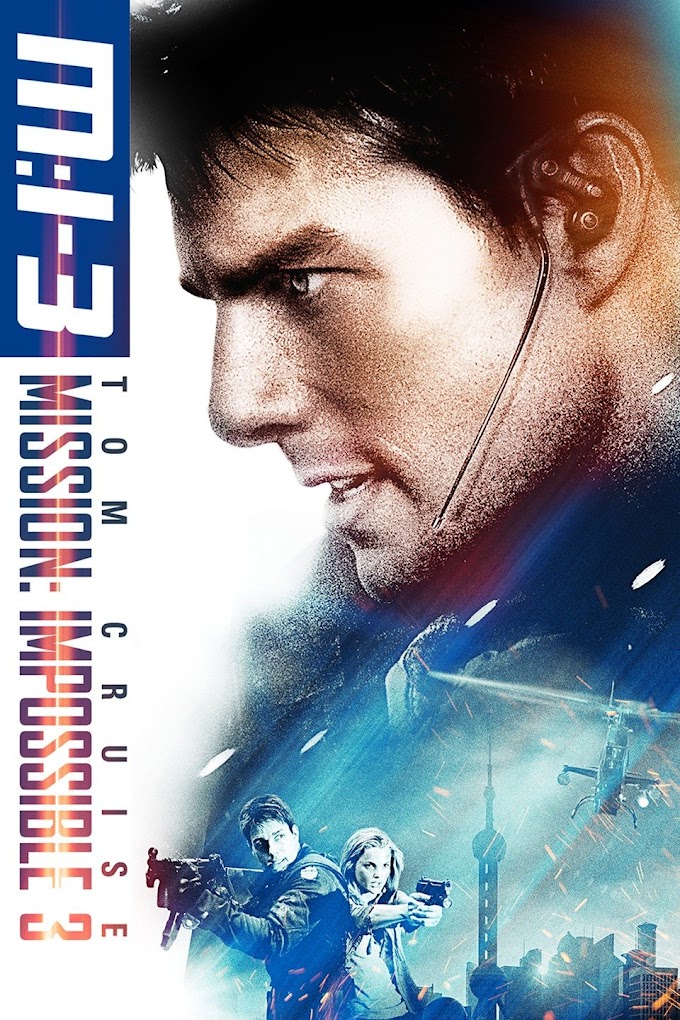

On-set graphics were handled by Territory, with Spov creating many of the final graphics elements, and the main titles designed by Aaron Becker’s Filmograph. Most sequences were completed by Double Negative (visual effects supervisor Ken Hahn and visual effects producer Kate Phillips), with an in-house compositing team and One of Us also delivering a number of shots. Ultimately, Vickery and visual effects producer Maricel Pagulayan would oversee around 1200 visual effects shots for the Christopher McQuarrie film. That was actually a fun part of the film – we were always thinking how we could not do VFX work.” Not to remove the need to do it, but enhance it and take it to the next level. Visual effects are there to enhance and enable the practical side of the work, and to complement it. “And where it becomes unsafe or physically impossible, then VFX helps out. “That’s always been the mantra for the Mission franchise – get it in camera, do it for real,” observes Rogue Nation’s visual effects supervisor David Vickery. The A400M sequence is captured by a film crew. That performance is, and always has been, of course, aided by a team of stunt, special effects and visual effects artists – intent on striving for the most realistic action possible. It’s him hanging onto the plane, him holding his breath underwater, him making the jump. There’s a rare authenticity in Cruise’s actions, and the Mission movies, in pulling off these stunts.

Not only that, Cruise rides 100 miles an hour on a motorbike – with no helmet – and performs his fair share of stunts and jumps from great heights and even for long periods underwater. The actor, famous for doing his own stunts, again ups the ante in Rogue Nation by grasping onto the outside of a Airbus A400M as it takes off. In previous Mission: Impossible efforts, Tom Cruise has scaled the Burj Khalifa in Dubai, free-climbed the Niagara Escarpment in Ontario and jumped off a Shanghai skyscraper.


 0 kommentar(er)
0 kommentar(er)
